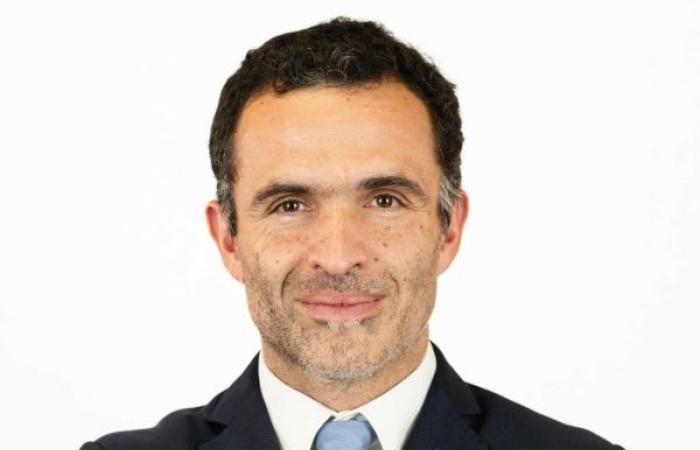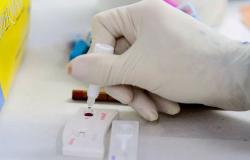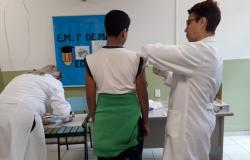When the kidneys stop working, medicine provides replacement therapies, which may involve transplantation, hemodialysis or peritoneal dialysis.
Transplantation is the alternative that best replaces diseased kidneys. However, not all patients are eligible for transplantation and, in some situations, it is necessary to keep the patient balanced until transplantation. This stabilization is achieved by keeping the patient on dialysis: hemodialysis usually carried out three times a week in a health unit or peritoneal dialysis.
Peritoneal dialysis is a technique that uses the peritoneal membrane (which internally surrounds the entire abdominal cavity) to exchange blood, allowing the cleaning of waste from the body’s functioning and the elimination of excess fluids.
This process is achieved by introducing a specific liquid adapted to the patient’s needs into the abdominal cavity. To do this, a catheter (catheter) is implanted in the abdominal wall, with anesthesia. Tenckhoff) one month before the start of treatment.
Peritoneal dialysis is a painless process and is repeated daily, 3 to 4 times a day, depending on the patient’s clinical condition, carried out autonomously or mechanized by a pre-programmed machine.
Over the years, the industry has developed more biocompatible dialysate liquids and more sophisticated machines to facilitate treatment and minimize treatment side effects.
It is the self-treatment nature that gives one of the advantages of this technique, due to the freedom it provides to patients, with less impact on social and professional life compared to hemodialysis. Furthermore, the reduced need for transport between the clinic and home entails inherent economic advantages for the National Health System, in addition to comfort for the patient.
Despite the advantage of being an autonomous modality, without the need for support from healthcare professionals, the assisted modality is increasingly used in more dependent patients, who can benefit from the technique with the help of a caregiver (family members or nursing home professionals). or Continuing Care Units).
According to data from the Portuguese Society of Nephrology, in 2022, 881 patients underwent this type of treatment, corresponding to 6.4% of the total number of chronic kidney disease patients on dialysis in Portugal.
Despite the numerous advantages listed, there is no ideal or universal modality, which is why it is important to have a healthcare system that offers patients the different therapeutic options that the state of the art makes available, in an integrated way, to minimize the impact on patients’ lives.
Opinion – Rui Filipe, member of the board of ANADIAL
Tags: Peritoneal Dialysis Tejo Radio Jornal
--





